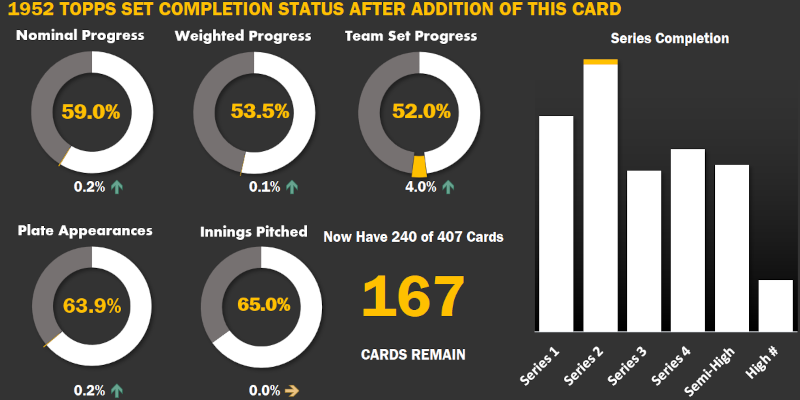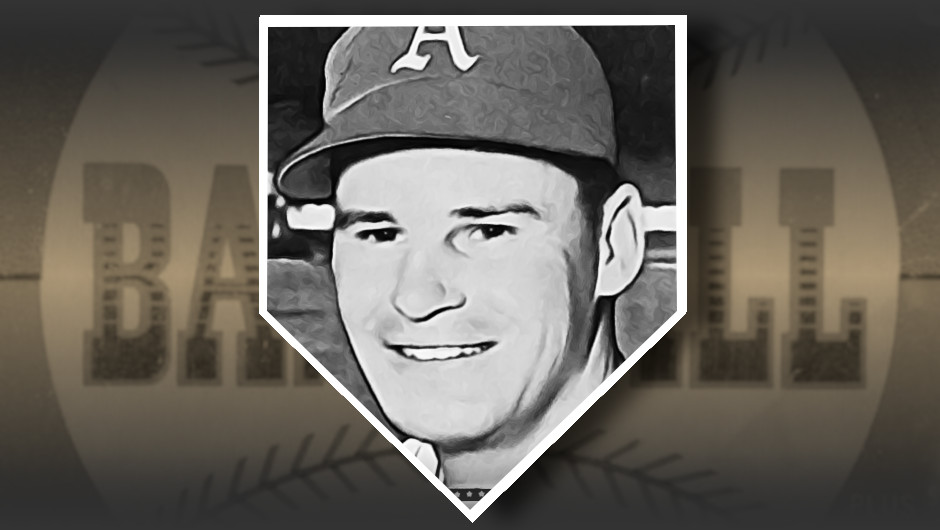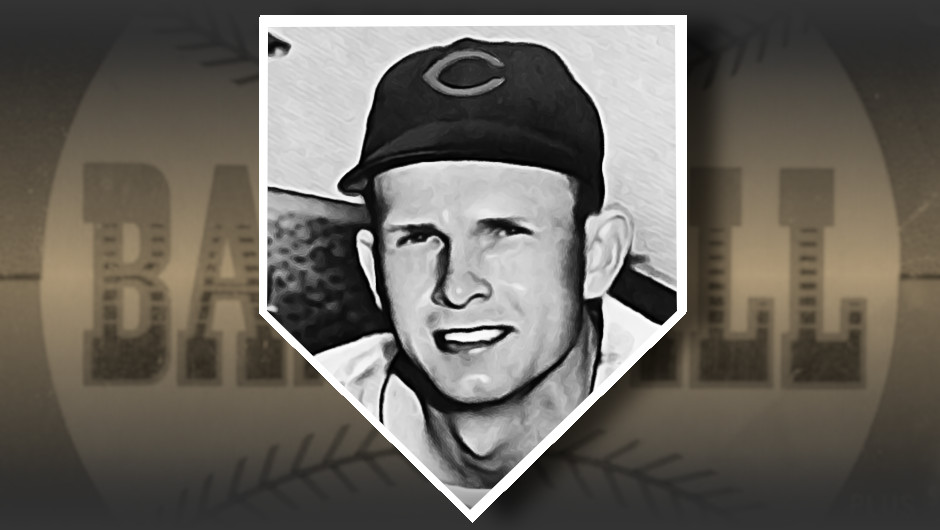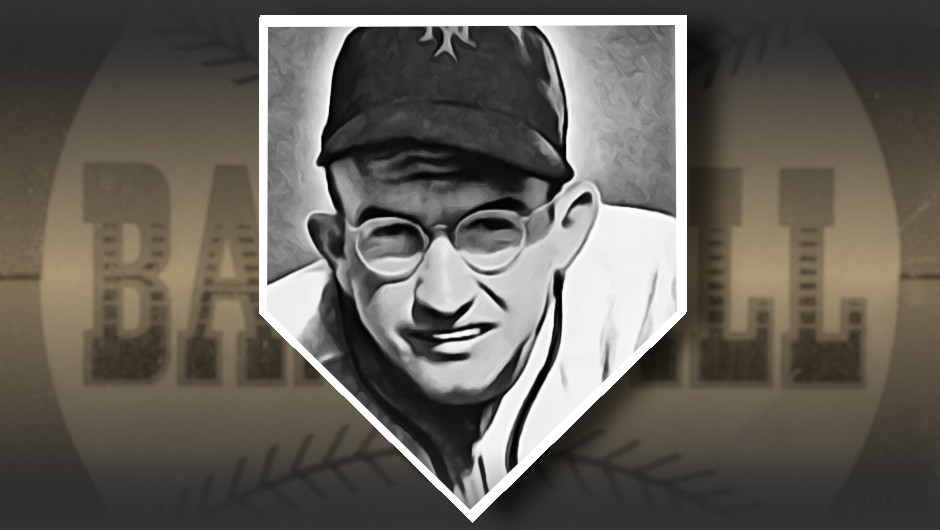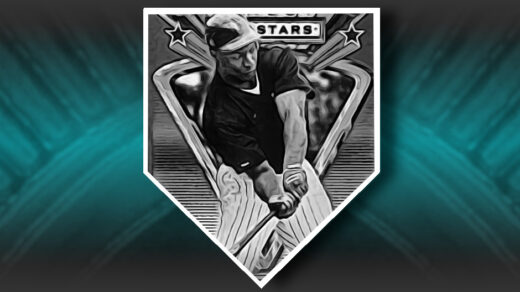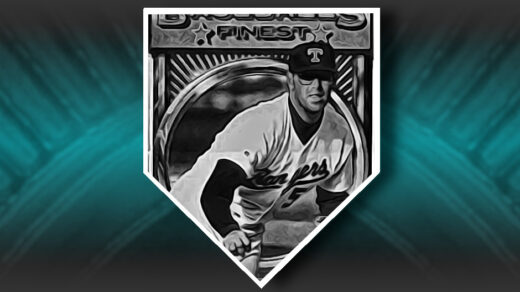At some point in the mid-1990s I decided I was going to build a few vintage sets. Few surpassed the 25% completion mark, though serious attempts were made to break past this barrier with the 1969 and 1975 editions from Topps.
The one vintage set that I know I reached the 25% completion status with was 1948 Bowman. The task of assembling a quarter of the these nearly square cards was made easier by the fact that the checklist was only 48 cards deep. Still, the set hit all the right buttons: Short prints made finding all the cards challenging, rookies of significant players were present, and ’48 Bowman was the first set listed in my trusty price guide while the cards were much more affordable than any other major issue of the era. It was challenging yet achievable.
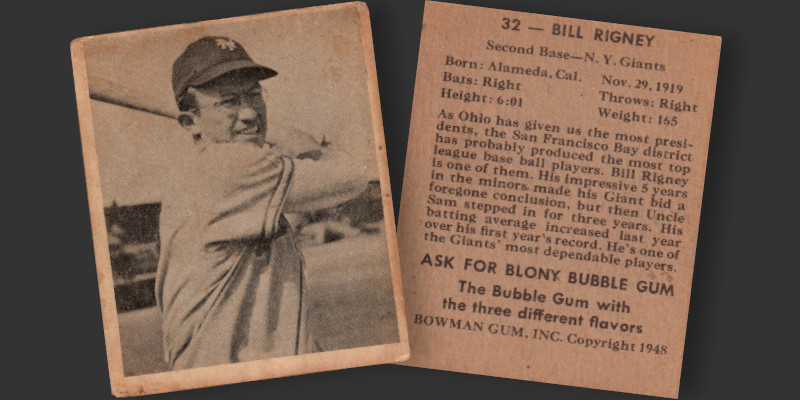
These cards also looked old – more or less copying the design of 1939 Play Ball. The Bowman cards were only issued in black and white, the way I imagined the world of my grandparents. The cards were 45 years old when I set about working on my project, giving them the same relative age back then as something from 1980 Topps has today. In a few years I will be 45 and in another decade so will my beloved cards from ’93 Finest.
Aside from the set’s Warren Spahn, all the numbers crossed off my checklist were sourced from the same dealer: Kit Young. Young rose to prominence amid the hobby boom of the 1980s and sold cards across the country via a thriving mail order business. My brother and I would save up for a few months, select cards from the Kit Young catalog, and send off a combined order to save on shipping.
I didn’t have a full checklist of ’48 Bowman names and the catalog didn’t list commons by anything other than number. After checking those against my current inventory, I would select random numbers to fill in the gaps. About two weeks later a package would arrive and I would get to find out what was inside. It was like opening my own personal pack of cards. While I don’t remember exactly which cards I ended up with, I do know that Bill Rigney was the first.
I remember looking at the card and thinking, “I didn’t know they put coaches in this set,” before flipping it over and seeing he was actually the Giants’ 29 year-old second baseman. He played well enough in an 8-year on field career, though he served as a part time player for the second half of that period. By my next interaction with him in ’52 Topps he was just about done with his run on the playing side of the foul lines. However, his “career” wasn’t just as a replacement level player: Rigney is better known as a legend in West Coast managing circles. He skippered the Giants twice, bookending more than a decade leading the expansion Angels and the Minnesota Twins (Minneapolis previously being the home of the Giants’ AAA affiliate – which he also managed).
Bowman did put coaches and managers in their 1948 release; collectors just didn’t know it at the time.
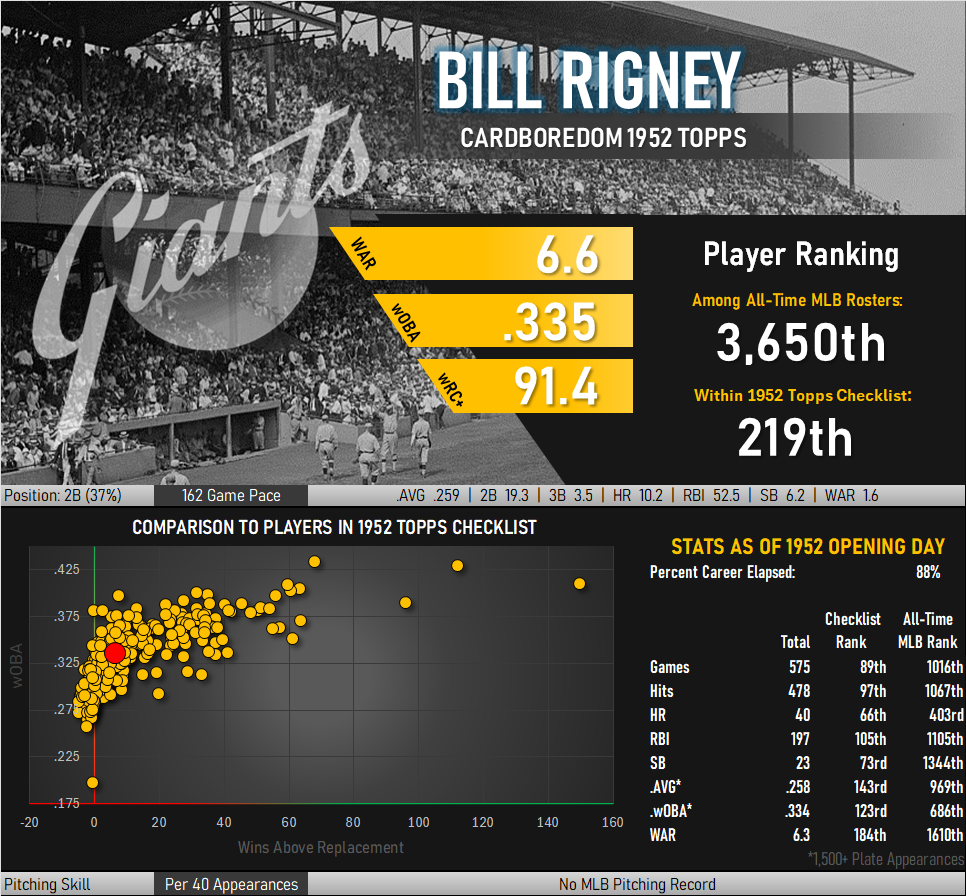
At another early point in my card collecting career, I got the idea into my head that I was going to build a complete set of 1952 Topps baseball cards with a budget of $1/card, excluding stars and high numbers from this constraint. I somehow accumulated 15 cards before moving on from this endeavor. I’m back at it again, having removed the arbitrary budget and gotten much more focused on completing the task at hand. I am pleased to report the addition of this Bill Rigney card completes the second series (#81-130) checklist and marks the first time I ever completed an entire series from one of my vintage card projects.
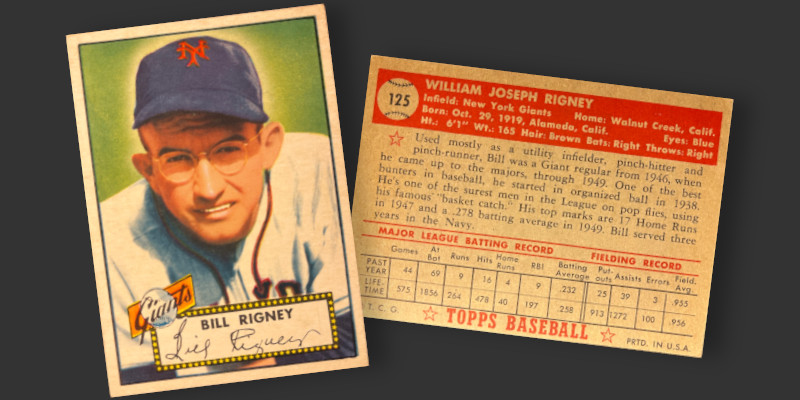
The condition is better than 95% of my other ’52s. Once I had crossed off the next-to-last name from the checklist and yelled “¡Uno!”, I resolved to immediately seek out and acquire the remaining card. I hadn’t singled out Rigney as the capstone for completing this series. His card just found its way to the top of my list by chance. I found numerous examples but discovered that almost all were priced around the $10 mark regardless of how mangled they were. Seeing pricing more or less unaffected by condition, I hunted through the listings of various sites and eventually selected this well-centered, sharp cornered beauty.
Catalog Epilogue
Just as I was writing this, I received something unexpected in the mail. Decades after opening my last Kit Young catalog I reached into my mailbox and discovered a new one. The paper quality has improved but the same fonts, high contrast headings, and random organization are still employed. I had purchased a card from an online platform in which Young turned out to be the dealer. In addition to sending me a needed 1952 card, he apparently added my name back to his mailing list. We differ on the conditions we ascribe to our cards, so I will stick with online pictures against the text-heavy catalog.
